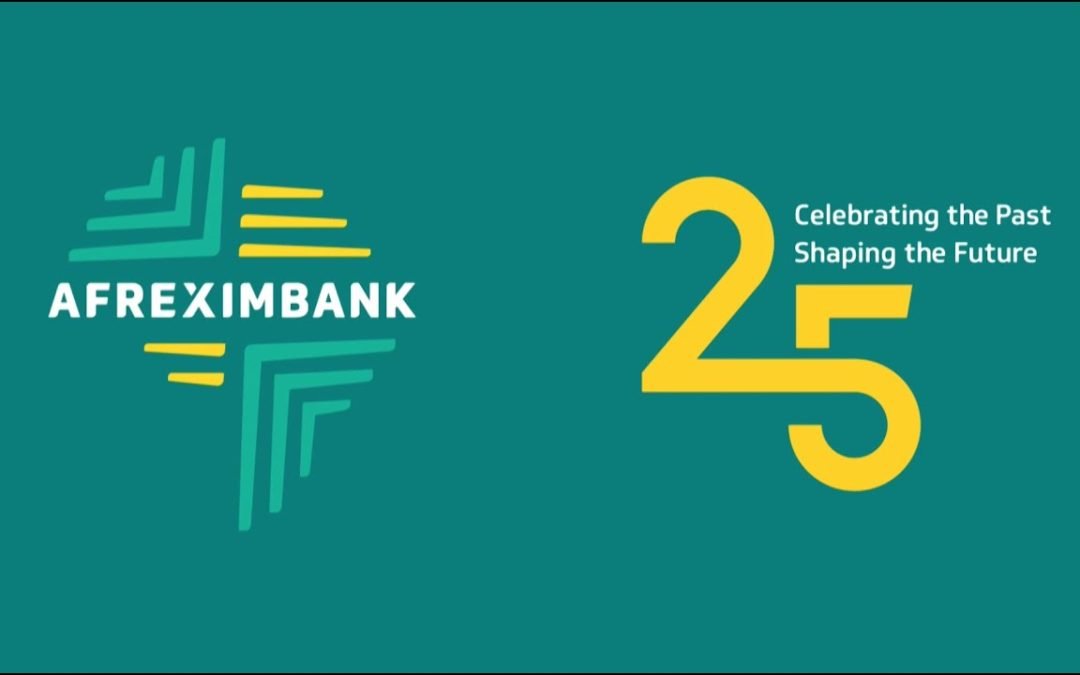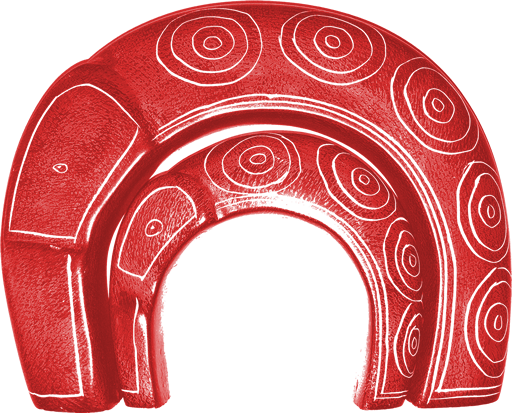The growth of Afreximbank into one of the continent’s most important financial institutions can also be traced back to the immediate past President of the Bank, Jean-Louis Ekra, who guided its development from 2005 to 2015. In this special feature, he reminisces about his times at the institution.
Source: African Business (https://african.business/2023/06/dossier/a-period-of-remarkable-achievements)
June 19th, 2023; Conversation with Jean-Louis Ekra by Dianna Games.
Afreximbank has played a vital role in the development of African economies over the years but, looking back, says the bank’s former President, Jean-Louis Ekra, more could have been done to boost structural transformation.
Nevertheless, in hindsight and given the prevailing hostile conditions of the times, the Bank’s achievements during Ekra’s tenure from 2005 to 2015, were remarkable. The era was characterised by global headwinds and economic crises, including the global financial crisis of 2008-09.
Despite the financial uncertainty that marked this period, the Bank buttressed vital value addition initiatives and applied capital judiciously to expand critical productive sectors. It also threw its weight behind strengthening the African banking sector.
“When I look at the banking landscape of the continent in the 1990s, most banks were [foreign-owned] international. Over time, they have been replaced by large African banks and institutions – and we played a role in that process by partnering with them. We were always very supportive of our partners and African institutions,” he says.
This, he adds, was part of Afreximbank’s mandate as the Bank had been created to fill a gap in the market for trade finance – particularly given the withdrawal of many international banks from Africa in the wake of the global debt crisis of the 1980s. It was established to promote and finance both extra- and intra-African trade.
He recalls that, at that time, the birth of the Bank was received with scepticism in some international circles and by proponents of the so-called “Afro-pessimism” concept.
Completely undaunted, Ekra and his team set about fulfilling their mandate. Among the Bank’s most significant interventions at this time was supporting and nurturing the inclusion of local companies in the value chains of the continent’s major sectors – such as the extractive industries as well as large-scale agriculture.
For example, under the African Content Support Programme, the Bank provided financing to local companies in Zambia’s copper value chain. It initiated a similar scheme in Nigeria’s oil sector as well as in agricultural projects.
A source of particular pride is the Africa Cocoa Initiative (AFRICOIN) launched in 2012 as an end to end solution to expand the local processing of cocoa in Côte d’Ivoire, Nigeria and Ghana (which produce 70% of the world’s supply of cocoa beans) – and thus capture more of the lucrative value add of an industry that generates over $120bn annually. This resulted in local capacity increasing from about 17% of production to at least 35%.
The support provided by the Bank has enabled Côte d’Ivoire to become a leader in the global cocoa processing space and to overtake the Netherlands as the world’s largest processor of cocoa during the 2014-15 season.
“I am very proud of the impact we had on cocoa, at least from an awareness and potential perspective. If a country like Côte d’Ivoire has become the largest processing hub in the world, it is because of some of those initiatives we implemented at the time.”
He admits the Bank did not always get things right. For example, he says in the late 1990s, when Nigeria was trying to sell three licences for mobile phones, “we questioned the potential for mobile telephony on the continent”.
They were not alone to come to this conclusion. A study conducted by a leading international consultancy firm had concluded that it was not a viable business with so many Africans living on less than a dollar a day.
“Prudently, however,” he recalls, “we lent money for one year to a company in the industry to get into the business. The loan was fully repaid after six months. They borrowed again and again and wanted ever bigger amounts. Eventually the deal went to syndication. What we learned was that each and every Nigerian will try to own a phone if they can.”
Period of sustained growth
Ekra joined the Bank in 1996 as Executive Vice-President then under the stewardship of Christopher Edordu, the organisation’s inaugural President, later becoming Senior Executive Vice-President of the Bank before assuming the role of President.
He was determined to build a globally competitive institution to allow it to play in a much bigger space and derive greater benefits for Africa as a result.
Among the first steps was the need to secure its first international credit rating and with Ekra pushing relentlessly, it succeeded and was assigned a rating of BBB- in October 2009 by Fitch following a rigorous process.
This, he said, was a particular proud moment for the Bank because it was achieved at a time of great global uncertainty following the financial crisis, and because 85% of the Bank’s assets were accounted for by loans and advances to African entities.
It was followed by ratings from two other major agencies, Moody’s (which gave it a higher rating than Fitch had), and S&P.
“As the Bank is a supra-national body,” he explains, “it was not regulated and had to rely on self-regulation. So, for the institution to get an investment grade rating on its own efforts meant we had the systems properly in place.”
This is an even more remarkable achievement as it happened while the Bank was undergoing a shareholder dispute, which had forced Ekra to run operations from a remote location.
The ratings were critical. “Most of our partners saw us as a reliable partner and international banks came into syndicated deals when they saw we were there. This gave them confidence that it was a good deal.”
Further reputation enhancing moves followed. The Bank moved towards full automation of operations and adopted an Enterprise Risk Management Framework that greatly strengthened its systems. In 2005, it was one of the first African financial institutions to adopt the International Financial Reporting Standards (IFRS-7).
With its standing in the international capital markets firmly assured, it issued its first Eurobond valued at $300m in 2009. It was five times oversubscribed. This enabled the Bank to accelerate the growth of its loan book in defiance of the turbulent market conditions at the time.
Increase in assets
Ekra is also justifiably proud of the spectacular increase in the Bank’s total assets under his watch. When he took over in 2005, the Bank’s total assets were about $532m. The initial plan was to double this to $1bn. This was accomplished in under two years. “It was a hard sell to the staff, but I felt unless we could increase it, we could not be considered a big player in African trade,” he recalls.
After his 10 years of leadership, the Bank’s portfolio had grown to more than $6bn, corresponding to a compounded annual rate of growth of more than 30%. Total operating income also saw remarkable growth under his leadership, rising at an average annual rate of about 19.5% to reach $204m between December 2004 and June 2015.
Although the Bank was now solid and adequately capitalised, it required a push from China to set it on a much more ambitious path. China had been a shareholder through the Bank of China back in 1993, and later through the Export-Import Bank of China, which was set up in 1994.
The Chinese factor
The Asian giant, having raised more than 300m of its own people from extreme poverty and registering spectacular economic growth year after year, had focussed on Africa as part of its “win-win” formula of development.
Earlier, China had been something of a sleeping partner in the Bank but after 2000, it wanted a more active role in the Bank’s development activities. Ekra recalls that “when we showed our strategic plan to the Chinese representative on Afreximbank’s Board and the figures we were trying to achieve, he said ‘you people have to think big, not small’.”
This suited Afreximbank to the ground and the new partnership era was sealed when the Bank held its 2012 AGM in Beijing. “This was the first time the Bank held its AGM outside the continent, and it was a strong message about the role that China was playing in Africa at that time.”
Exim Bank China worked with Afreximbank to fund many infrastructure and other projects on the continent. The Asian giant was also rapidly becoming Africa’s most important trading partner – importing the continent’s commodities and exporting manufactured goods and technical knowhow. Trade between the regions rose from about $8bn in 2000 to around $127bn in 2010.
This massive growth in trade with China and other Asian economies changed all perceptions of Africa. It led to the “Africa Rising” narrative and a fresh and much more positive attitude towards the continent.
“It was a very nice narrative at the time, and it did a lot of good because it did attract attention to Africa,” Ekra remembers. “But we didn’t follow it through with proper policies. I regret we did not do this enough,” he says.
Jean-Louis Ekra is currently an independent Director of the Bank of China and head of the Risk Policy Committee of the Chinese bank in the US.
Progress made – but not enough
In many ways, Africa today is a very different continent from what it had been when Ekra took over the leadership of what has now grown into one of the world’s most dynamic financial institutions but is he satisfied with the current situation?
He feels that while there has been progress – for example, intra-African trade has grown from between around 11% at the time he joined the bank to between 15% and 17% today, “we have moved on, but not to our satisfaction,” he says.
Increasing the volume and scope of intra-African trade has always been at the heart of the Bank’s mission and while it has improved, “Africa is still the continent that trades less with itself than other regions,” he points out.
He says it is the structure of African economies that continues to hold the continent back. “We are still focused on commodities and African countries have not taken advantage of high prices to transform their economies.
“When prices are high, they are very happy to export and get a higher return. When prices are low, they concentrate on transformation. But it needs to be a consistent effort.”
“The potential of African economies for trade is limited because of a lack of diversification and competitiveness and while we continue to mostly export commodities, trade is increasingly dominated by manufactured goods. Hence, enhancing the integration of Africa into the global economy will depend on the speed of diversification.”
On the other hand, while the perception of Africa outside the continent has improved considerably, the continent is still unfairly viewed a risky place to do business in, despite the very strong balance sheet of its financial sector.
“We have to make sure that we change the incorrect perceptions that we are the cause of crises that emerge elsewhere.”
Looking back on his times as the head of Afreximbank and the developments that have followed, he says: “We were also going into some areas where international banks would not go as we wanted to add more value. If you look at the achievements of Afreximbank over its existence, I think you could say we have exceeded even our own expectations.”
He says while much still needs to be done in Africa, “the continent still has a lot of resources, a lot of land and a large young population. If we were not able to do it before, why not do it now?”
About Dianna Games
Dianna is CEO of Africa At Work; executive director, SA-Nigeria Business Chamber (Jhb); and professor of practice, Johannesburg Business School.



